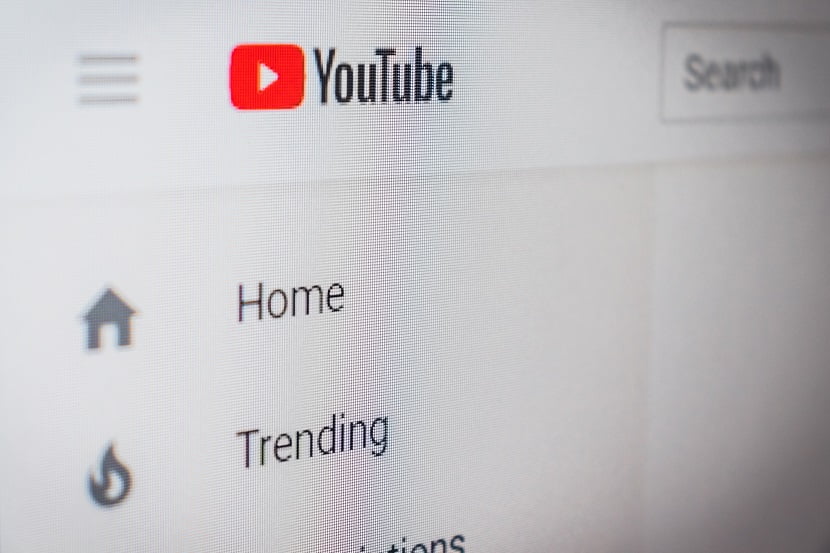
YouTube Warns Viewers Ad-Blockers Not Allowed on Site
YouTube, the world’s largest video-sharing platform, has begun warning users that ad-blockers are not allowed on its website. Google, which owns YouTube, is conducting a small-scale experiment that encourages viewers with ad-blockers enabled to allow ads on YouTube or try YouTube Premium, which offers original programs and an ad-free experience for a subscription fee of $11.99 per month or $119.99 per year. Redditor Sazk100 posted a screenshot showing the ad-blocker warning message, which notes that ads are essential for YouTube to remain free for billions of users worldwide.
As most online companies earn revenue through ads, YouTube’s increasing number of unskippable and extended mid-roll ads has drawn criticism. However, according to The Reg, YouTube earned $29.2 billion from ad revenue in 2022, making up over 11% of Google’s annual revenue. The online advertising industry slumped in the fourth quarter of 2022, with $7.96 billion coming from ads, a decrease of almost 8% YoY.
Google frequently carries out YouTube experiments, and while it’s unclear whether the ad-blocker warning message will become a permanent feature, it’s likely to remain as Google looks to recoup lost ad revenue.
Contents
Why is YouTube Warning About Ad-Blockers?
Ad-blockers, which prevent ads from appearing on webpages and videos, have grown in popularity due to their ability to reduce the number of intrusive ads. While ad-blockers can enhance user experience, they can also cause revenue loss for websites and video creators who depend on ad revenue to sustain themselves. In the case of YouTube, ads are the primary source of revenue, enabling it to provide free access to billions of users worldwide.
YouTube’s ad-blocker warning message asks users to reconsider blocking ads, allowing it to continue generating revenue from ads. The message also highlights YouTube Premium, which offers a seamless, ad-free experience.

The Impact of Ad-Blockers on YouTube
YouTube’s ad-blocking experiment is not unique; other online publishers regularly ask viewers to disable ad-blockers. YouTube’s ad-blocker warning message is part of a broader effort to reduce revenue loss from ad-blockers, particularly as users increasingly turn to ad-blockers to avoid intrusive ads.
YouTube’s unskippable ads, particularly mid-roll ads that play during videos, have frustrated many users, leading them to use ad-blockers. While YouTube’s revenue from ads continues to grow, the increasing number of unskippable ads has led to criticism, which the ad-blocker warning message hopes to address.
How to Avoid YouTube Ads
For users who don’t want to pay for YouTube Premium, there are several ways to avoid YouTube ads. One of the most common methods is to use an ad-blocker, which can remove all ads from YouTube videos. There are numerous ad-blockers available, including AdBlock Plus, uBlock Origin, and AdGuard.
Another way to avoid ads is to use a browser extension, such as YouTube AdBlock, that blocks ads on YouTube videos.
This latest experiment is not the first time that Google has carried out experiments on YouTube. Earlier this year, there was a trial that restricted 4K content to Premium subscribers, and another that offered a higher bitrate “1080p Premium” option to subscribers.
It’s unclear whether Google will turn this latest experiment into a permanent feature, but it’s possible that it could become more than just a warning in the future. Regardless of the outcome, it’s clear that online advertising is a crucial aspect of the internet economy, and companies like YouTube rely on it to keep their platforms running.
As users, it’s important to consider the value of the content we consume online and the role that ads play in supporting it. While ad-blockers may seem like a convenient way to avoid annoying ads, they also threaten the ability of online platforms to offer free content to users. In the end, it’s up to each individual user to decide whether they want to support the content they consume by allowing ads or opting for a paid-for ad-free experience like YouTube Premium.



